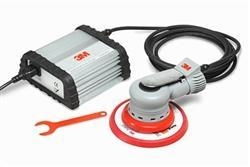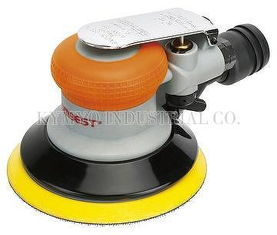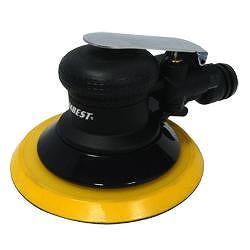Belt vs. Orbital Sander: A Comprehensive Guide
When it comes to sanding, two popular tools that often come up in discussions are the belt sander and the orbital sander. Both have their unique features and benefits, making it challenging to decide which one is the best choice for your project. In this article, we will delve into the details of both sanders, comparing their performance, versatility, and ease of use to help you make an informed decision.
Performance

One of the primary factors to consider when choosing between a belt sander and an orbital sander is their performance. Belt sanders are known for their aggressive sanding action, which makes them ideal for removing material quickly. They are perfect for large surfaces and can handle heavy-duty tasks such as flattening uneven wood or removing old paint. On the other hand, orbital sanders offer a more controlled sanding experience, making them suitable for finer work and delicate surfaces.
Table 1: Performance Comparison
| Performance Aspect | Belt Sander | Orbital Sander |
|---|---|---|
| Material Removal Rate | High | Medium |
| Surface Flatness | Depends on the skill of the user | Excellent |
| Finishing Quality | Good for rough sanding | Excellent for fine sanding |
Versatility

Another important aspect to consider is the versatility of each sander. Belt sanders come in various sizes and power levels, making them suitable for a wide range of applications. They can handle large projects and are perfect for sanding doors, cabinets, and other furniture pieces. Orbital sanders, on the other hand, are more compact and lightweight, making them easier to maneuver in tight spaces. They are ideal for sanding curved surfaces, trim work, and intricate details.
Table 2: Versatility Comparison
| Versatility Aspect | Belt Sander | Orbital Sander |
|---|---|---|
| Size and Weight | Large and heavy | Small and lightweight |
| Application Range | Large projects, furniture, doors, cabinets | Trim work, curved surfaces, intricate details |
Ease of Use

When it comes to ease of use, both belt sanders and orbital sanders have their pros and cons. Belt sanders can be more challenging to use, especially for beginners, as they require a steady hand and a consistent pressure to achieve even sanding. However, they are more forgiving when it comes to sanding through paint or varnish, as their aggressive action can help remove these layers more effectively. Orbital sanders, on the other hand, are generally easier to use, as they provide a more consistent sanding action and require less pressure. They are also more suitable for sanding delicate surfaces, as their orbital motion reduces the risk of marring the material.
Table 3: Ease of Use Comparison
| Ease of Use Aspect | Belt Sander | Orbital Sander |
|---|---|---|
| Complexity of Use | More complex | Less complex |
| Pressure Requirement | Consistent pressure required | Less pressure required |
Conclusion
Choosing between a belt sander and an orbital sander depends on the specific requirements of your project. If you need to remove material quickly and efficiently, a belt sander is the way to go. However, if you are looking for a more controlled
